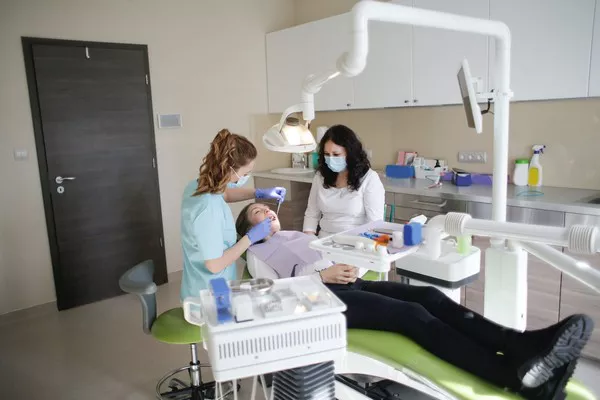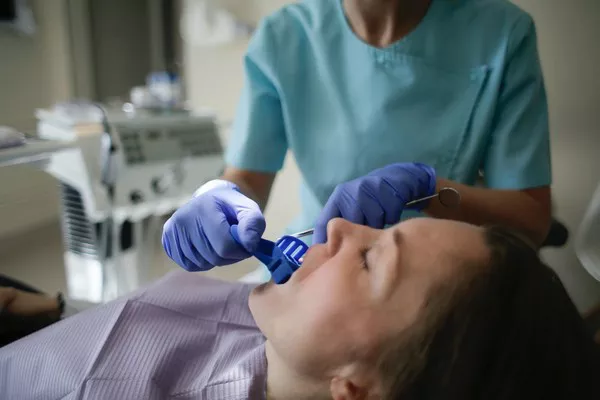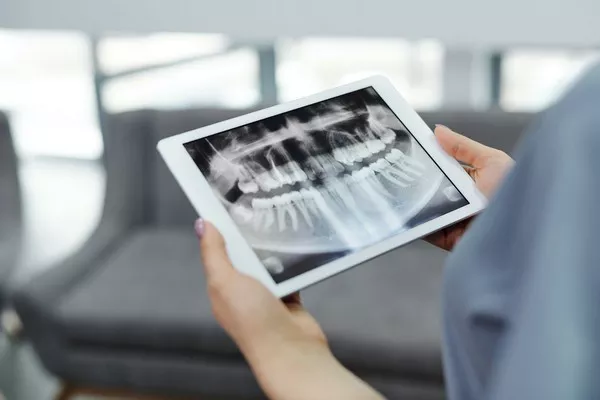Having a radiant and confident smile is a desire shared by many individuals, leading to the popularity of teeth whitening solutions. One commonly used method is teeth whitening strips, which are convenient and effective in removing dental stains. However, it’s important to follow proper post-treatment care to ensure optimal results and maintain oral health. In this article, we will discuss the essential steps to take after using teeth whitening strips for a brighter smile.
I. Understand Teeth Whitening Strips
Before delving into post-treatment care, it’s vital to understand how teeth whitening strips work. These thin, flexible strips are coated with a bleaching agent, typically containing hydrogen peroxide or carbamide peroxide. When applied to the teeth, these chemicals break down stubborn stains and discolorations.
II. Allow Sufficient Time
After removing the whitening strips, it’s crucial to give your teeth ample time to recover. Avoid consuming any food or drinks immediately following the treatment, as the tooth enamel is more susceptible to staining during this period. Ideally, wait at least 30 minutes before eating or drinking anything other than water.
III. Rinse Thoroughly
To remove any residual whitening gel, rinse your mouth thoroughly with water after removing the strips. This helps eliminate excess chemicals from your teeth and gums, reducing the risk of sensitivity or irritation. Swishing water around your mouth for about 30 seconds should be sufficient.
IV. Maintain Good Oral Hygiene
Proper oral hygiene practices are essential both before and after using teeth whitening strips. Brush your teeth gently but thoroughly using a soft-bristled brush and fluoride toothpaste. Pay attention to all surfaces of your teeth, including the front, back, and chewing surfaces. It’s recommended to brush for at least two minutes, twice a day.
V. Avoid Staining Substances
During the first 48 hours after using teeth whitening strips, it’s crucial to avoid consuming substances that can stain your teeth. Coffee, tea, red wine, berries, tomato-based products, and tobacco are some common culprits. These items can compromise the results of the whitening treatment and reintroduce stains to your teeth.
VI. Minimize Tooth Sensitivity
Tooth sensitivity is a common side effect of teeth whitening treatments, including the use of whitening strips. If you experience sensitivity, there are several ways to minimize discomfort:
Use desensitizing toothpaste:
Switch to a toothpaste specifically formulated for sensitive teeth. These toothpastes contain ingredients like potassium nitrate or fluoride to alleviate sensitivity.
Apply desensitizing gel:
Some whitening strip kits include desensitizing gel. Follow the instructions provided to apply the gel to your teeth after completing the whitening treatment.
Take breaks between treatments:
If your teeth are highly sensitive, consider taking a break from whitening treatments for a few days or consult with your dentist for guidance.
VII. Schedule Regular Dental Check-ups
Maintaining regular dental check-ups is essential to monitor your oral health and address any issues that may arise. Your dentist can assess the condition of your teeth, provide professional cleaning, and offer guidance on maintaining a healthy and radiant smile.
Conclusion
Adopting proper post-treatment care after using teeth whitening strips is crucial for achieving long-lasting results and ensuring optimal oral health. By allowing sufficient recovery time, rinsing thoroughly, practicing good oral hygiene, avoiding staining substances, minimizing tooth sensitivity, and scheduling regular dental visits, you can maximize the benefits of teeth whitening strips while keeping your smile healthy and beautiful. Remember, if you have any concerns or experience prolonged sensitivity, it’s best to consult with your dentist for personalized advice and recommendations.
Related Topics:






























